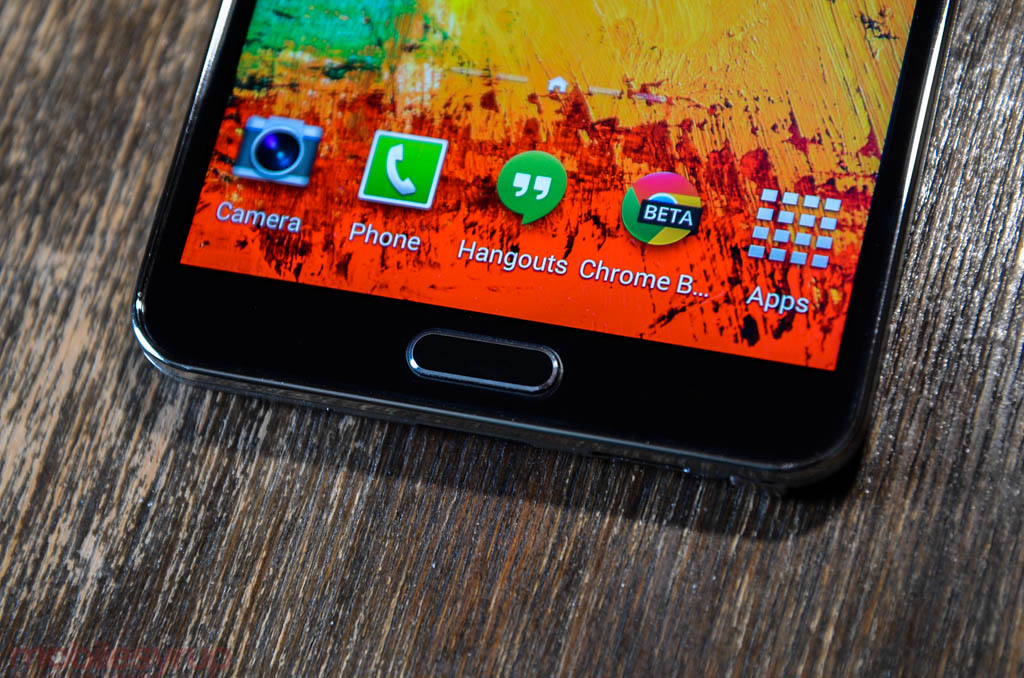
Deloitte has come out with their forecast of the Canadian tech and media landscape with its annual “Technology Media & Telecommunications (TMT) Predictions” report.
TV, streaming video, phablets, tablets, seniors and smartphones and eHealth will all be big in 2014. Duncan Stewart, Deloitte’s Director of Research, stated that content will be a main play this year with up to 2.5 million Canadian households paying for TV through a traditional distributor (like a Rogers, Bell, Videotron) and at least one other OTT (over-the-top) TV service (such as Netflix) — this could be a solid reason for the rumoured Rogers “Showmi” video service to launch in a couple months.
The largest demographic to jump onto the smartphone train is from the seniors market (those aged 60 and above), which will reportedly rise to 50% of seniors “in the developed world” owning a smartphone in 2014, up from 30% now. Deloitte also predicts that the smartphone generation gap will continue closing and “will possibly be non-existent by 2018.” That’s likely a stretch, as there will always be those select few who just want a basic talk and text device.
Increased smartphone adoption also brings a desire to have a larger display, specifically between the 5-inch and 6.9-inch range. The phablet — a term that is now outdated — is gaining in popularity and will get into the hands of over a million Canadians (total smartphone sales in Canada is estimated to be approximately 6 million units).
Richard Lee of Deliotte stated, “The change in the physical form of the smartphone is key to why seniors will embrace the device more and more. Smartphone screen sizes have increased from smaller than 3.5-inches to at least 4-inches. The larger screen size provides improved functionality and experience for everyone, especially seniors.”
Below is the complete list that Deliotte believes are the 10 most important technology, media and telecommunications predictions for Canada:
1. Phablet are not a Phad – The lines will blur as phones and tablets converge. Phablets – part phone, part tablet – are smartphones with a screen size of 5.0-6.9 inches. They’re not doomed because of their size: global sales will be 100% higher than in 2013, with 25% of 2014 smartphone sales, or 300 million units, worth $125 billion.

2. Wearables: The eyes have it – Global sales for all categories of wearable computers in 2014 will exceed $3 billion. Some wearable devices will be better positioned for success than others, with smart glasses likely to sell 4 million units at a price point of about $500, for a $2 billion market.
3. Doubling up on pay TV – By the end of 2014, as many as 50 million homes worldwide will pay for TV through a traditional distributor and have at least one other OTT (over-the-top) TV service.
4. Narrowing the gap: Seniors embrace the smartphone – In 2014, the fastest growing demographic for smartphone adoption globally will be individuals who are 65 and older, with 50% increases year-over-year, and resulting in more than 40% of seniors owning a smartphone.
5. eVisits – In 2014, the global health market will be driven by eVisits, which are an alternative to face-to-face appointments that offer cost savings to public and private health systems, opportunities for improved patient experiences and access to care; as well as reduced wait times. 100 million eVisits in 2014, with 75 million in North America, saving as much as $3 billion.
6. MOOCs (short term/long term) – Enrollment in Massive Open Online Courses (MOOCs) will be up 100% compared to 2012 to over 10 million courses, but they will not disrupt the tertiary education market in 2014, with fewer than 5% completing their courses. But the enterprise market looks like it will be an early adopter, both in Canada and globally.

7. Death of the voice call – But only for some – The proliferation of smartphones, data plans and full-featured messaging apps is expected to create a category of voice seldoms. In 2014, the 20% of Canadian cellular customers who log the fewest minutes of voice calls will spend less than two minutes per day talking on their phones. Instead, many are letting their fingers do the talking through various text messaging applications.
8. Those who like TV like it a lot –By the end of 2014, the 20% of English-speaking Canadians who watch the fewest minutes of traditional TV will watch just over 30 minutes per day, down from nearly 60 minutes in 2004. At the same time, the one fifth of English Canadians who watch the most traditional TV are predicted to watch even more: 8.2 hours per day, about the same as in 2004, but up 10% from 2009 levels. This decline amongst the first group and the increase amongst the group who watch the most TV will have virtually no effect on the average English Canadian TV viewing of 3.8 hours per day. Demographic commonalities are found in TV viewing behaviours by age, language and ethnicity and even by income and education, which means that advertisers will have the opportunity to better target the audience they want to reach.
9. The Converged Living Room: A plateau approaches – Global combined sales of smartphones, tablets, PCs, TV sets and gaming consoles have enjoyed remarkable growth since 2003, almost 12% per year, but Deloitte predicts a plateau in growth is imminent. Sales will grow at a slowing rate with a ceiling of about $800 billion a year.
10. TV sports rights: extra premium – The global value of premium sports video rights will increase by 14% in 2014, compared to growth of 5% from 2009-2013. This surge will be led by North American sports leagues, including the recent Canadian NHL announcement, and European soccer.
Source: Deloitte
MobileSyrup may earn a commission from purchases made via our links, which helps fund the journalism we provide free on our website. These links do not influence our editorial content. Support us here.


